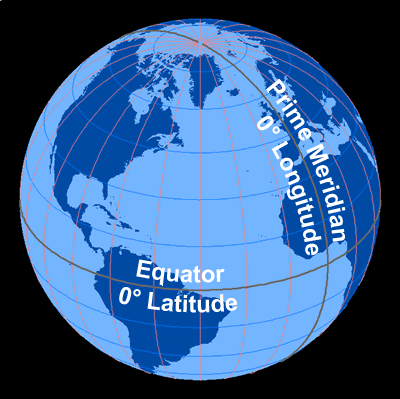The sun will be about 15 degrees higher in the sky in summer and 15 degrees lower in the sky in winter.
Why does longitude and latitude matter with solar panels.
But the same does not happen on the whole northern hemisphere.
Always related to the latitude and longitude of the geographical point in the globe.
Find the best angle for optimizing solar collection during winter when solar energy is most scarce by multiplying your latitude by 0 89 and then adding 24 degrees.
This angle varies sinusoidally through the year and is called b0.
Move your mouse pointer across the parallel lines of energy and then click on one of these zones to temporarily lock it and then select a different month season in the menu at the bottom.
Horizontal solar panels and tiles are used on existing and new buildings in building integrated photovoltaics or bipv.
Renewable energy atlas view and explore renewable energy resource data.
So tilting your panels to the midway point will maximize the sun captured throughout the year.
That is why they receive the highest level of solar energy.
Bipv is a solar technology that uses photovolaics in building design.
Here two simple methods for calculating approximate solar panel angle according to your latitude.
Because of the earth s round shape the equator is closest to the sun and the closer you get to the earths poles you get further and further from the sun.
Explore the effect of the angle of incidence on sun s energy.
Renewable energy potential model empowers users to calculate renewable energy capacity generation and cost based on geospatial intersection with grid infrastructure and land use characteristics.
Earth crosses the sun s equator about december 7 and june 7 each year.
As a rule of thumb solar panels should be more vertical during winter to gain most of the low winter sun and more tilted during summer to maximize the output.
The earth doesn t orbit exactly around the sun s equator so through the year the center of the solar pictures moves up and down a little more than 7 degrees.
Plus since every location is unique.
Solar energy and latitude energy from sunlight is not spread evenly over earth.
Horizontal or 0 degree tilt is not the most efficient angle for solar panels but it does allow for seamless integration into building design.
On the daylight side only the point directly under the sun receives full intensity solar radiation.
In figure 9 you ll see that the further you go to the north.
One hemisphere is always dark receiving no solar radiation at all.










